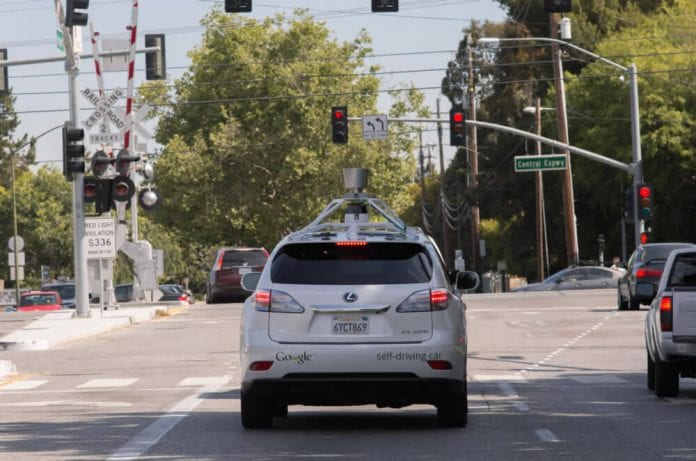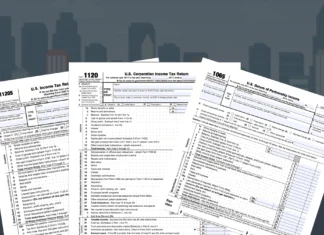Google’s self-driving cars are getting better by the day. The company’s engineers have been working hard on putting in a new feature in the cars. They have put in the honk feature, as reported by the Google’s May self-driving car report.
The innovation would be a welcome addition to the cars which are mostly designed just to go silently without making any fuss. On the other hand, the Google self-driving Lexus SUV fleet make a ton lot of engine noise. Therefore, the addition of the horn on the subtle and silent Google pods is welcome especially since they can now announce their arrivals to everyone on the road.
The Google engineers said that they had worked on how to make the computer car brain understand, and sense which of the load situations they would be in would require them tooting their own horns. Some of these situations are discreet, and some of them are obvious situations.
The report notes that the self-driving pod like Google cars are aimed at being polite, considerate and give the honk only when the situation presents itself to make driving easier for everyone. During the testing period, the vehicles were taught how to distinguish between the tricky situations they might encounter and the false positives such as the difference between a car facing the wrong way on a three-point turn and another that is about to drive down the wrong side of the road.
In the first instance, the car played horn giving two short blips for a friendly warning, and then gives a long blast in urgent cases. There were engineers inside the vehicles which allowed them to determine whether the sound made was appropriate. After that, the cars were given permission to honk as they like on the testing grounds that Google uses for its self-driving cars. The report mentioned that the company’s goal was to make the pod cars to honk just like any seasoned driver would do.
The report also contains other news which shows that there was an accident which involved one Google self-driving car which ran into a median, at 9 mph. The car experienced minor damage and is thought to not have been at fault, especially since the car was being manually driven by one of Google’s own employees.









